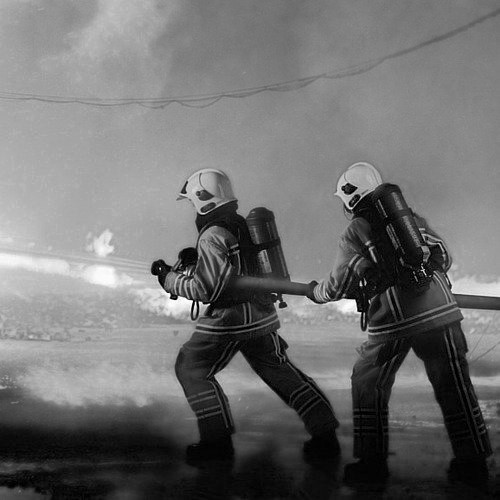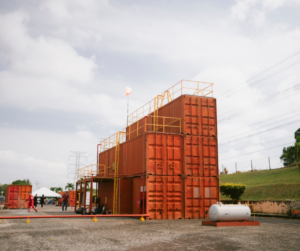
In the realm of fire safety, the Fire Emergency Response Plan (FERP) stands as a vital document outlining the necessary actions and protocols to mitigate risks and ensure the safety of individuals and properties in the event of a fire emergency. Mandated by the Fire Services Act (Peraturan-peraturan Perkhidmatan Bomba) 2001, P.U. (A) 241/2001, organizations designated as Premis Ditetapkan (Designated Premises) are required to prepare and implement FERPs.
While Emergency Response Plans (ERPs) encompass a broader spectrum of incidents and emergencies, FERPs are specifically tailored to address fire safety concerns, including hazardous materials. Countries like Singapore and several EU nations have long emphasized the importance of FERPs due to the significant impact of fire incidents, which often result in casualties, injuries, property damage, reputational harm, and other substantial consequences.
Objective of FERP
The primary objectives of FERP include:
- Saving lives
- Reducing the causes of emergencies
- Controlling or limiting any destruction
- Planning and procedures to ensure effective emergency response by the Fire Safety Organization (OKK), including actions prior to the arrival of emergency agencies.
Components and Requirements of FERP
FERP involves preparedness and actions in four Emergency Phase Management:
- Preparedness
- Response
- Recovery
- Prevention

The legal requirements for FERP include provisions such as:
- Provision of FERP by OKK as stipulated in Subregulation 6E.(d) of P.U. (A) 241/2001.
- Storage of FERP copies and related records or documents at the fire operations center, per Subregulation 6E.(e) of P.U. (A) 241/2001.
- Inclusion of a copy of FERP with applications for fire certification, as per Subregulation 2. (1) (b) of P.U. (A) 241/2001.
- Compliance with the format and specifications determined by the Director-General, according to Subregulation 2 (1A) of P.U. (A) 241/2001.
Significance of FERP
The importance of FERP lies in various aspects, including:
- Legal compliance
- Prevention of loss of life and injuries
- Avoidance of total loss and property damage
- Social responsibility
- Maintenance of Fire Safety Installations (FSI) and Fire Safety Equipment (FSE) in good condition
Preparation of FERP
To prepare a comprehensive FERP, relevant information and details can be obtained from various sources, including:
- Plans certified by the Fire and Rescue Department (JBPM), such as Architectural, Mechanical, and Electrical plans.
- Fire Safety Design Philosophy (FSDP)
- Fire Safety Engineering Report (FSER)
- Quantitative Analysis Report (QAR)
- Material Safety Data Sheet (MSDS) and other relevant references.
The FERP prepared by the Fire Safety Organization (OKK) should encompass guidelines for providing information and planning, including:
- Premises particulars
- Hazard and risk assessment
- Support services
- Command and control
- Fire and emergency action plan (On-Site)
- Training programs
- Fire drills and building evacuations
- Fire safety awareness programs
- Review of fire and emergency action plans.
In conclusion, the implementation of a robust FERP is indispensable for safeguarding lives and properties, ensuring legal compliance, and fostering a culture of safety within organizations. By adhering to regulatory requirements and adopting best practices in fire safety management, organizations can effectively mitigate risks and respond promptly and efficiently to fire emergencies.




